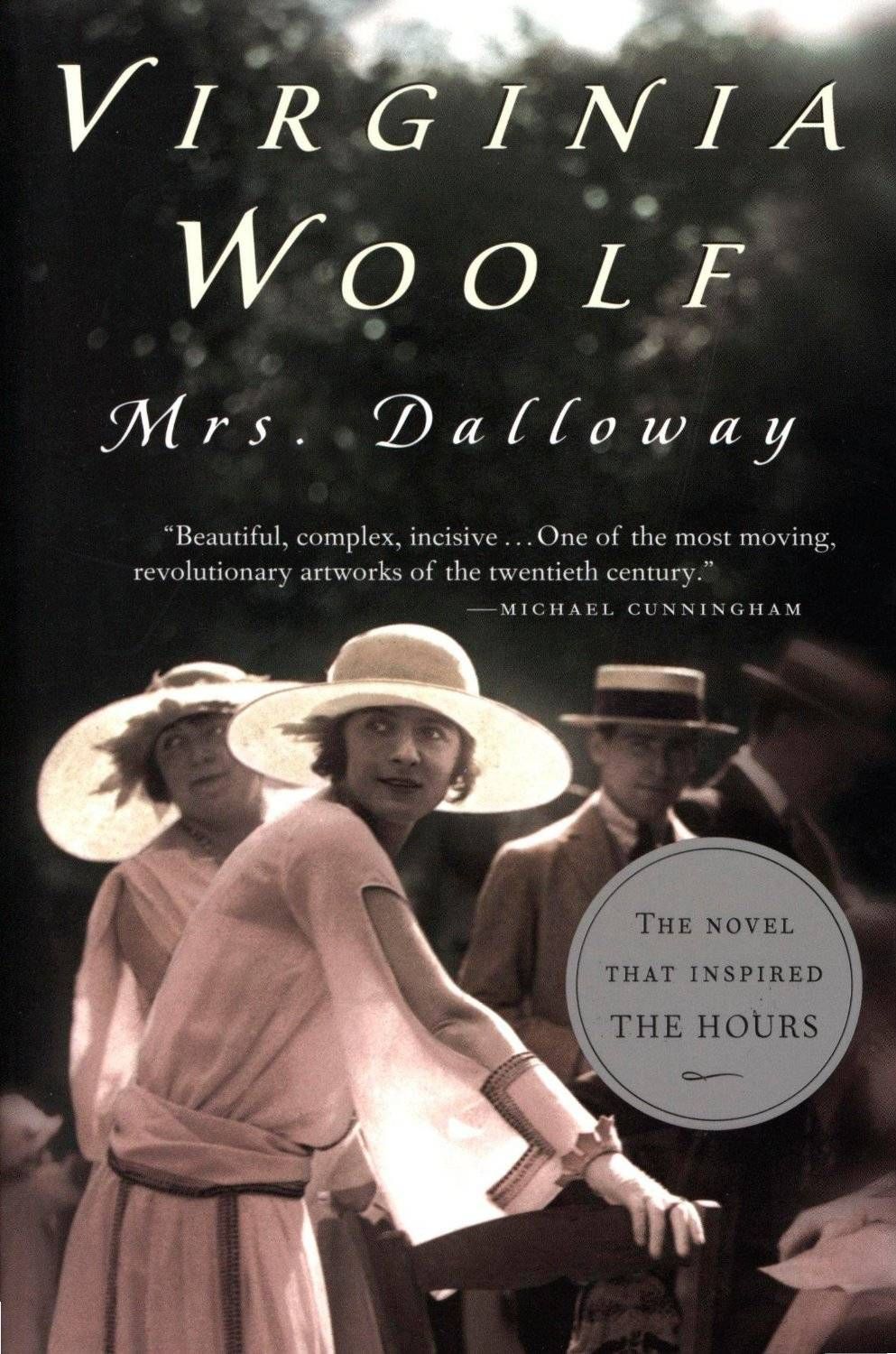

Mrs. Dalloway by Virginia Woolf
“Mrs Dalloway said she would buy the flowers herself.” I didn’t expect to fall in love with Clarissa Dalloway. She appears on the page as a distracted middle aged woman wandering down a street in London as she works through all her plans for a dinner party later that evening. Her mind meanders back to her younger days, her lost loves before she met and married her husband, Richard. Her childhood best friend Sally and her ex-love interest Peter star in most memories from her past. Soon, we’re falling down into the many layers of Clarissa’s character.
Sure, there’s not a lot of plot. Peter shows up and brings back a host of feelings for Clarissa. They are both so different now than they were all those years ago. But it’s the stream-of-consciousness style, the way we flit in and out of different characters’ heads, that drew me in. There’s a mesmerizing quality to Woolf’s prose that’s engrossing. Even now when I reread Mrs. Dalloway, I forget when and where I am. There’s just me and the words on the page that make me feel as if I can’t look away.
We meet a war veteran named Septimus who is experiencing what we now would call PTSD. His Italian wife, Rezia, struggles to find him the help he needs. And when they do see the doctor, Septimus’ mental illness isn’t taken as seriously as it should be. Septimus’ story doesn’t seem to mesh with Clarissa’s at first. But you have to trust the process. As she always does, Woolf will bring it all back around again.
It’s been over a decade since I first read Mrs. Dalloway. I’ve reread it countless times, and new aspects of the novel jump out at me each time I revisit the story. My favorite copy of Mrs. Dalloway is annotated and tabbed up within an inch of its life. (I even created a read-a-long for it over on BookTube.) But writing this, I can’t help but ask myself, what draws me back? What about this story captures my imagination so thoroughly. Perhaps, the last line of the novel says it best: “It is Clarissa, he said. For there she was.”

